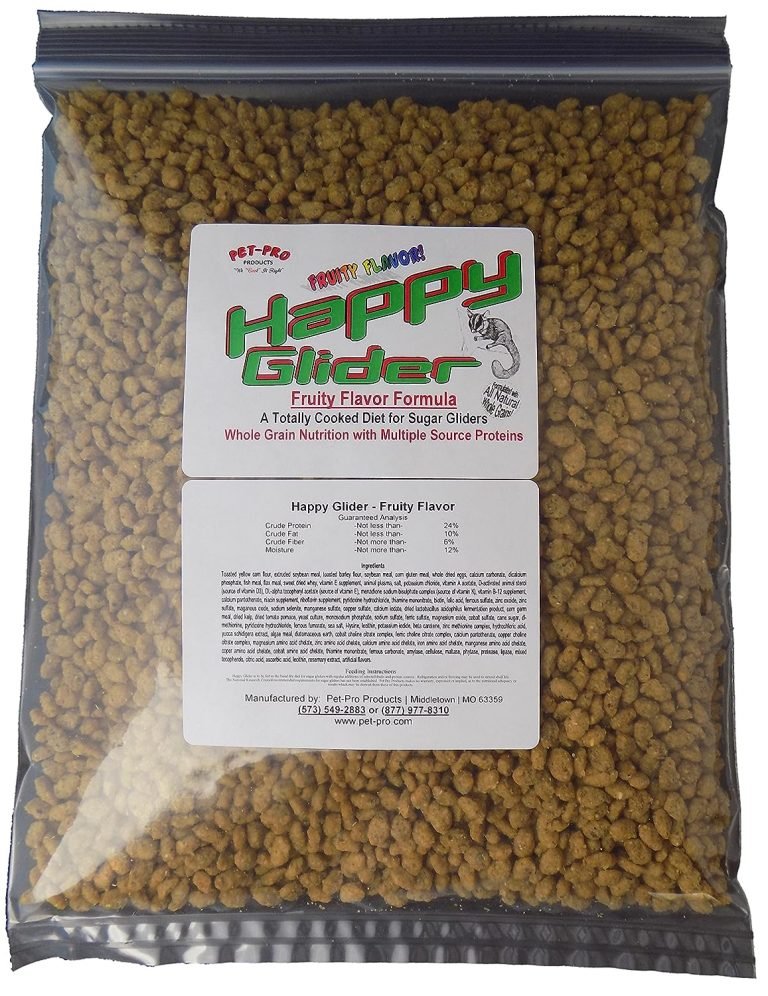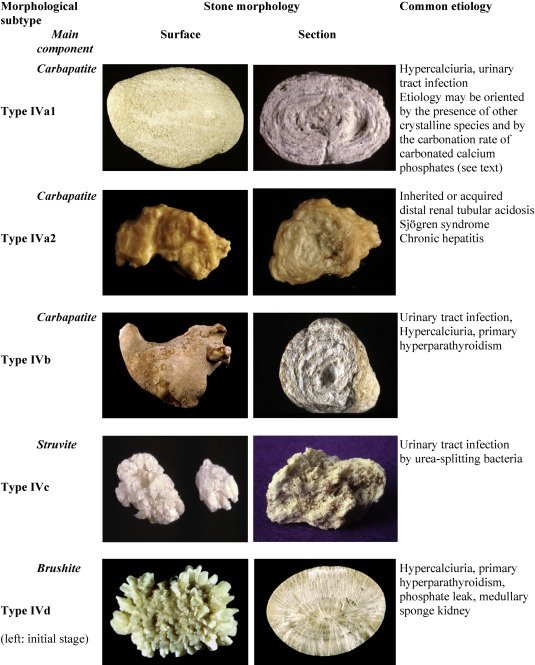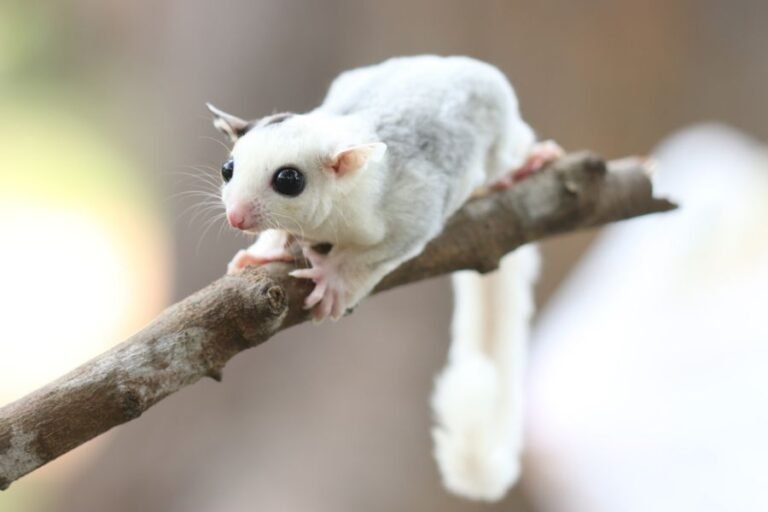What Causes Mosaic Sugar Glider
Ever wondered what causes mosaic sugar gliders to have such mesmerizing patterns? These little creatures are not your average pet species. Mosaic sugar gliders boast unique and visually striking color patterns that set them apart from their standard counterparts. Enthusiasts worldwide are captivated by their captivating appearance, making them highly sought after in the pet trade.
The secret behind these stunning patterns lies in the genetics of these gliders. Their mosaic pattern is determined by a combination of specific genes, resulting in an intricate display of colors and markings. Understanding the genetic factors that contribute to this phenomenon can shed light on why mosaic sugar gliders stand out among their peers.
So, let’s embark on this journey and uncover the secrets behind these enchanting creatures!
Understanding the Genetics of Mosaic and Standard Sugar Gliders
The Genetic Mutation Behind Mosaic Traits
The mosaic trait in sugar gliders is caused by a genetic mutation that affects the pigmentation of their fur. This mutation results in patches or speckles of different colors on the glider’s body, creating a unique and visually striking appearance. Unlike standard sugar gliders, which have a uniform coat coloration, those with the mosaic gene exhibit this captivating pattern.
Unveiling Inheritance Patterns and Mechanisms
Through extensive genetic research, scientists have gained valuable insights into the inheritance patterns and mechanisms behind mosaic traits in sugar gliders. It has been determined that the mosaic gene follows a recessive trait pattern. This means that both parents must carry the recessive gene for it to be expressed in their offspring.
When two sugar gliders carrying the recessive mosaic gene breed, there is a 25% chance that each offspring will inherit two copies of the gene, resulting in them displaying the mosaic trait. On the other hand, if only one parent carries the recessive gene while the other does not, there is still a possibility for some offspring to inherit just one copy of the gene, making them carriers without exhibiting visible signs of mosaicism.
Exploring Other Genetic Variations
While mosaic traits are fascinating and sought after by many sugar glider enthusiasts, it’s important to note that they are just one aspect of these marsupials’ diverse genetic makeup. There are various other genes at play within their gene pool that contribute to different coat colors and patterns.
For instance, there are dominant genes responsible for producing solid coat colors like platinum or leu (leucistic). These dominant traits can often mask or override the expression of recessive genes such as mosaicism. Therefore, breeding sugar gliders with specific genetic combinations can lead to an array of coat variations beyond just mosaics.
Exploring the Colors and Patterns of Sugar Gliders:

Natural Colors of Sugar Gliders
Sugar gliders are known for their stunning array of natural colors. These adorable creatures can be found in various shades, including gray, white, black, cream, and many variations in between. Their diverse coloration adds to their charm and uniqueness.
Mosaic Sugar Gliders: A Genetic Marvel
Apart from the base colors mentioned earlier, some sugar gliders exhibit an extraordinary pattern called mosaic. This pattern is a result of their genetic makeup and can manifest as spots, stripes, or even marbled effects on their fur coat. Mosaics are truly fascinating to observe due to the intricate patterns they display.
Each Mosaic is One-of-a-Kind
What makes mosaic sugar gliders even more captivating is that each individual showcases its own unique combination of colors and patterns. No two mosaics are exactly alike! It’s like having a living work of art right before your eyes.
When you look closely at a mosaic sugar glider, you might notice striking dorsal stripes running along its back. These stripes add another layer of visual interest to their already mesmerizing appearance.
If you’re interested in adding a touch of vibrant color to your sugar glider collection, consider exploring red sugar gliders. These fiery-hued creatures bring a whole new level of intensity to the mix. With their bright red fur coat contrasting against other colors or patterns they may have, they are sure to stand out.
On the other end of the spectrum, we have gray sugar gliders that exude elegance with their sleek silver tones. Gray gliders possess a timeless beauty that appeals to those who appreciate understated grace.
For those seeking a pure and ethereal aesthetic, white sugar gliders offer an enchanting option. Their pristine white fur gives them an angelic appearance that is simply breathtaking.
In addition to these specific color variations, there are also sugar gliders with white faces.
Variations in Mosaic Sugar Gliders: WOW Piebald and More:

WOW Piebald: A Striking Variation
One of the most fascinating variations within the mosaic sugar glider population is the WOW piebald. These unique gliders are characterized by large white patches on their bodies, creating a stunning contrast against their fur coat. The name “WOW” perfectly captures the awe-inspiring appearance of these gliders.
Classic Mosaics and Pattern Variations
In addition to the WOW piebalds, there are other variations within the mosaic sugar glider community. Classic mosaics feature smaller patches distributed across their fur coat, creating a more subtle yet still beautiful pattern. These classic mosaics showcase the diversity within this unique species.
Vibrant or Subdued Color Combinations
Mosaic sugar gliders can exhibit a range of color combinations depending on their genetic composition. Some may display vibrant hues that catch your eye from afar, while others may have more subdued tones that blend harmoniously with their surroundings. This variety adds to the allure of these captivating creatures.
Selective Breeding for New Variations
Breeders play a crucial role in expanding the variety of mosaic sugar glider variations through selective breeding techniques. By carefully selecting parent gliders with specific traits, breeders aim to produce new and exciting variations in future generations. This dedication and expertise contribute to an ever-growing array of mesmerizing patterns and colors.
Several terms are frequently used to describe different types:
- Leucistic Offspring: These are offspring that inherit the leucistic gene, resulting in a reduced pigmentation level compared to wild type sugar gliders.
- Leucistic Hets: Short for heterozygous leucistics, these individuals carry one copy of the leucistic gene but do not exhibit full leucistic traits.
- Albino:
Breeding Strategies for Producing Mosaic Sugar Gliders:
Breeding sugar gliders to produce mosaic offspring requires careful selection methods and an understanding of genetics. Responsible breeders prioritize the health and well-being of the gliders throughout the process. Here are some key strategies employed by breeders to produce mosaic sugar gliders:
Selection Methods:
Breeders employ careful selection methods to pair sugar gliders with desired genetic traits for mosaic offspring. By selecting specific individuals with known mosaic genes, breeders increase the chances of producing mosaics in their breeding programs. This involves studying the lineage and genetic history of potential breeding pairs.
Breeding from Two Mosaics or Crossing with a Standard Sugar Glider:
Mosaic sugar gliders can be bred from two mosaics or by crossing a mosaic with a standard sugar glider. When breeding two mosaics, there is a higher probability of producing mosaic offspring due to both parents carrying the mosaic gene. On the other hand, crossing a mosaic with a standard sugar glider introduces the possibility of producing mosaics while maintaining genetic diversity within the population.
Understanding Inheritance Patterns and Genetics:
To successfully breed mosaic sugar gliders, it is crucial to understand inheritance patterns and genetics associated with mosaics. Mosaic genes follow specific patterns of inheritance that can be predicted through knowledge of Mendelian genetics. Breeders study these patterns to make informed decisions when selecting breeding pairs and predicting outcomes.
Health and Well-being:
Responsible breeders prioritize the health and well-being of their sugar gliders throughout the breeding process. They ensure proper nutrition, housing, socialization, and veterinary care for their animals. Healthy parent gliders have better chances of producing healthy offspring, including mosaics.
By following these strategies, breeders increase their chances of producing mosaic sugar gliders while maintaining overall genetic diversity within captive populations.
Remember that responsible breeding practices are essential for promoting the welfare of sugar gliders and maintaining healthy populations.
Conservation Efforts for Preserving Mosaic Sugar Glider Populations:
Unique Genetic Makeup
Preserving the populations of mosaic sugar gliders is crucial to maintain their genetic diversity. These adorable creatures possess a unique genetic makeup that sets them apart from other sugar glider variations. By safeguarding their populations, we ensure the continuation of this distinct characteristic.
Habitat Conservation
Protecting the natural habitats of wild sugar gliders, including mosaics, plays a vital role in their preservation. These tiny marsupials rely on specific environments to thrive and fulfill their ecological roles. Conserving their habitats ensures they have access to suitable food sources, nesting sites, and safe spaces for breeding.
Responsible Pet Ownership
Raising awareness about responsible pet ownership is essential to prevent overbreeding and support conservation efforts for mosaic sugar gliders. Many individuals are captivated by these charming creatures and desire to keep them as pets. However, it is crucial to educate potential owners about the importance of obtaining sugar gliders from reputable breeders who prioritize ethical practices and promote conservation.
Responsible pet ownership involves providing appropriate housing, nutrition, socialization, and veterinary care for these animals. By discouraging impulse purchases and promoting well-informed decisions when acquiring a sugar glider as a pet, we can help reduce the demand for illegally sourced or poorly bred individuals.
Collaborative Initiatives
Collaboration between breeders, researchers, and wildlife organizations significantly contributes to the long-term preservation of mosaic sugar gliders. By pooling resources and expertise, these stakeholders can work together towards common goals such as breeding programs aimed at maintaining genetic diversity or conducting research on population dynamics.
Breeders play a crucial role in ensuring healthy captive populations while adhering to strict guidelines that prioritize conservation efforts. Researchers contribute valuable knowledge through studies on genetics, behavior patterns, and habitat requirements of mosaic sugar gliders. Wildlife organizations provide support by advocating for policies that protect natural habitats and the welfare of these unique creatures.
Final Vardict
The world of mosaic sugar gliders is truly fascinating. Understanding the genetics, colors, and patterns of these unique creatures allows us to appreciate their beauty even more. Variations like WOW Piebald add an extra touch of wonder to the mosaic sugar glider community.
Breeding strategies play a crucial role in producing these stunning creatures. By carefully selecting and pairing individuals with desirable traits, breeders can continue to create new generations of mosaic sugar gliders.
Conservation efforts are essential for preserving the populations of mosaic sugar gliders. With their distinct characteristics, it’s important to protect their habitats and ensure their survival for future generations.
In conclusion, exploring the world of mosaic sugar gliders opens up a whole new realm of possibilities. Whether you’re a breeder or simply an admirer, understanding their genetics and variations enhances our appreciation for these remarkable animals. Let’s work together to conserve their populations and celebrate the beauty they bring to our lives.
FAQs
1.Can I keep a mosaic sugar glider as a pet?
Absolutely! Mosaic sugar gliders make wonderful pets. However, it’s important to research their care requirements thoroughly before bringing one home.
2.Are mosaic sugar gliders more expensive than standard ones?
The price of a mosaic sugar glider can vary depending on factors such as its rarity and lineage. Generally, they tend to be more expensive due to their unique appearance.
3.Do all offspring from two mosaic parents become mosaics?
While there is a higher chance of producing mosaics when breeding two mosaic parents, not all offspring will inherit the trait. It depends on the genetic makeup of each individual.
4.How long do mosaic sugar gliders live?
On average, sugar gliders have a lifespan of 10-15 years in captivity. With proper care and nutrition, your mosaic companion can enjoy a long and happy life.
5.Can mosaic sugar gliders be found in the wild?
Mosaic sugar gliders occur naturally in the wild, but their unique appearance makes them relatively rare. Spotting one in its natural habitat is truly a special experience.







